One year ago this week, She Has a Name opened in Lethbridge, and Burnt Thicket Theatre set out on an adventure that stretched and challenged every one of us both personally and professionally. As you can imagine, coming home from that tour left us a bit drained for a while — what could possibly top that experience?! Well, 2013 certainly hasn’t been boring! First, we’re developing a new play, entitled Solo Joe, which will premiere this fall and tour across Western Canada.
Second, Burnt Thicket is growing up! Our “behind the scenes” project for the first half of 2013 has been to spread our wings and come out from under the umbrella of Epic Community Ministries, which has so graciously provided us with organizational support over the past several years. We’ve been developing our very first board of directors, applying for our own non-profit organizational status, and implementing some of our own policies and procedures, which were previously covered by Epic’s infrastructure. This kind of work may not be as exciting as putting on a new play, but we’re excited about the doors that it will open to us in terms of funding, governance, and opportunities for future growth. We’ll introduce our board to you and provide some more detailed information on our long-term plans over the summer — keep an eye out for that, too. We will continue our relationship with Epic as it relates to our charitable status, however, so all donations will remain tax deductible.
What Goes Into Developing A New Play?
A significant part of Burnt Thicket Theatre’s mandate is presenting new works,and in many cases, these are plays written and created by our own company (as opposed to a show like She Has a Name, where we worked together with an outside playwright to develop and premiere an existing script.) We are very excited to be currently creating Solo Joe, a play that will explore the nature of dreams realized or forgotten.
Every creation process varies but it has been our experience that costs for development can range from $12,000 and $15,000 — and that’s before we ever get to producing it for an audience. Our process often begins with a draft of a script that is then taken into the studio for a number of weeks and used as a starting point to generate more material and further flesh out the story.
Our explorations around Solo Joe will begin with a script written by our Artistic Director, James Popoff. In June he will be joined by musician Mac MacKenzie and Artistic Associate Stephen Waldschmidt and they will work towards a draft that will then be presented to an invited audience as a way to test the story. Through the summer months the script will be further refined and production elements will be designed and built so that the show can go into rehearsal in September.
There are costs to each of these steps. It is important that we can pay the artists so that they can dedicate themselves to the task at hand. There are initial expenses around set, props and technical requirements. Having most of the tools in the workshop space allows artists a wider range of possibilities. Other travel, space rental, and administrative costs are also part of the overall budget.
Once this development process is finished, rehearsals will begin, preparing the final product that audiences will see. A two-man show like this one will cost between $50,000 and $60,000 for a 10-week tour to churches and other community organizations, and we’ll be sharing details about where and when you can see Solo Joe as the summer progresses.
Creating new work is both daunting and exhilarating. As the story unfolds new questions and challenges arise. Each day requires the artists to trust: trust that as they immerse themselves in the story, the elements will come together in a way that will enliven themselves and future audiences.
